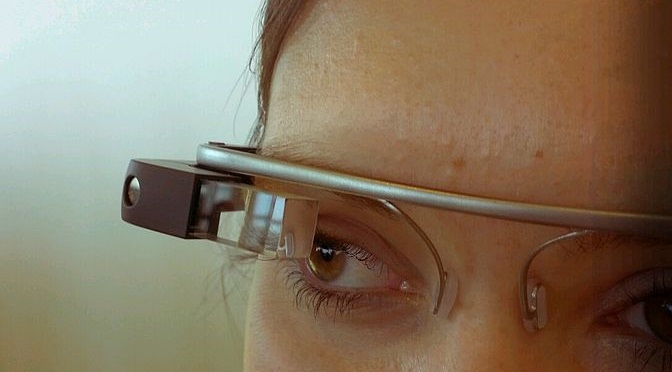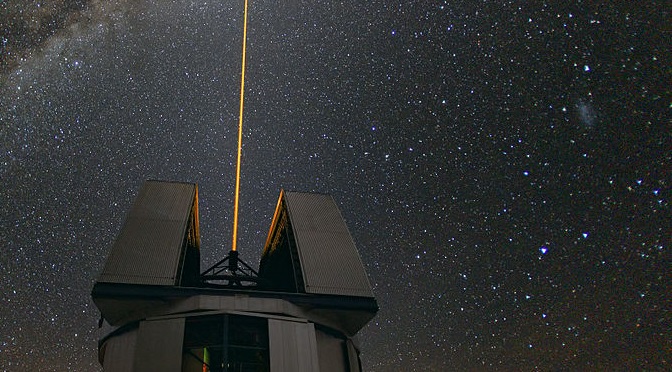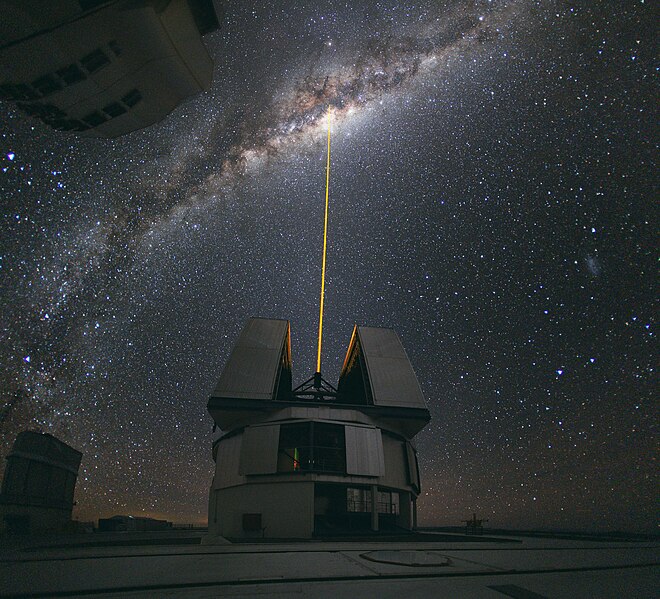 “Uh, ladies and gentlemen, this is the flight deck. Thank you for choosing Airborne Airways, where your destination is always up in the air. If you’ll look out your window, you’ll see…well, we’re hoping you can tell us. Anything look familiar?”
“Uh, ladies and gentlemen, this is the flight deck. Thank you for choosing Airborne Airways, where your destination is always up in the air. If you’ll look out your window, you’ll see…well, we’re hoping you can tell us. Anything look familiar?”
Yes, it’s preposterous, embarrassing and more than a little dangerous, but flight crews touch down at the wrong airfield or runway more often than you might think. Which raises the question: If GPS navigation can direct any idiot with a car to his or her destination, how can a trained flight crew with state-of-the-art navigation screw up so badly? In other words…





